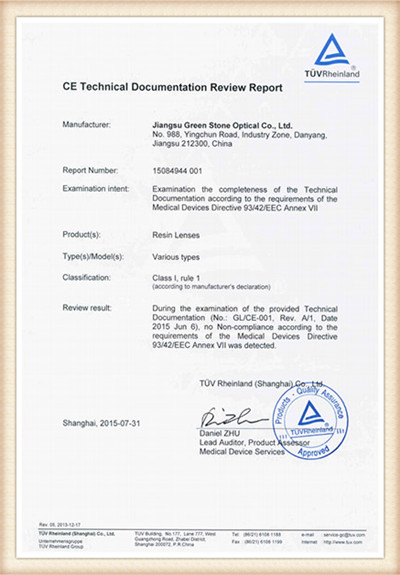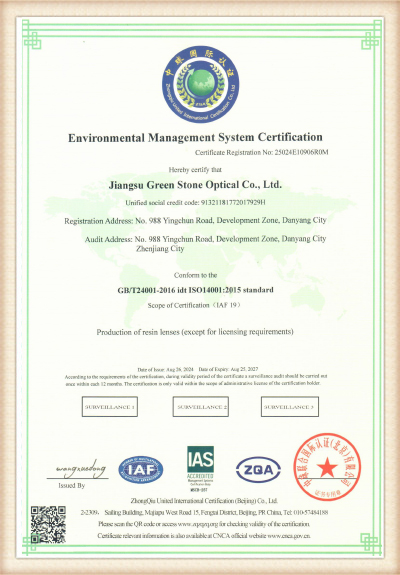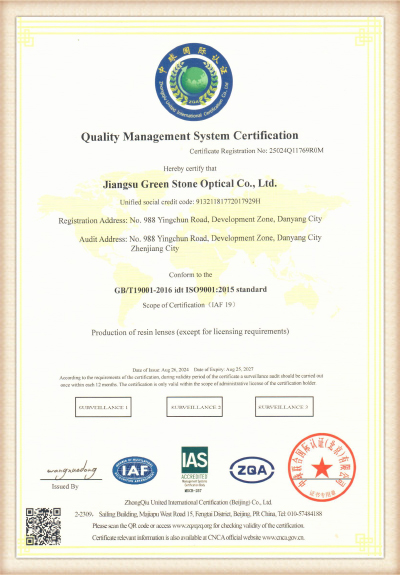Semi-Finished Lenses are the cornerstone of customized prescription (Rx) eyewear in the optical industry. For eyewear professionals, a deep understanding of the structure, function, and positioning of SFLs within the supply chain is essential for providing high-quality dispensing services. What are Semi-Finished Lense...
READ MORE
Product Series
Semi-Finished Lens Manufacturers
-
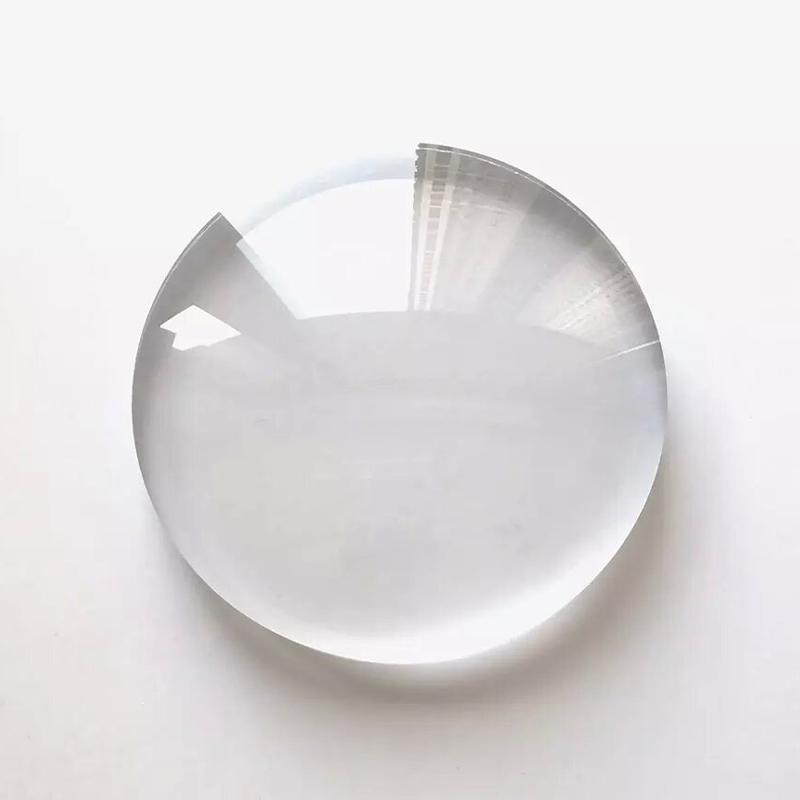

1.499 Semi-Finished Single Visin Lens
CR-39 lens use the true value of imported CR-39 monomer, the longest h... -


1.499 Semi-Finished Round Top Bifocal Lens
A bifocal lens can be called a multi purpose lens. It has 2 different ... -
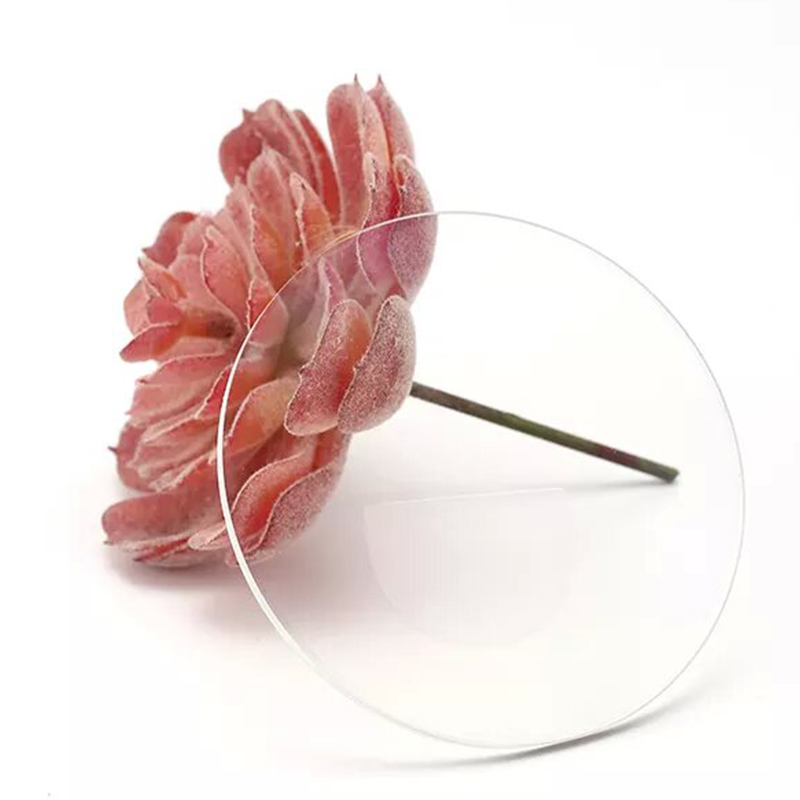

1.499 Semi-Finished Flat Top Bifocal Lens
Flat-top lens is a very convenient type of lens that allows the wearer... -


1.56 Semi-Finished Blue Block Single Vision Lens
Blue Block Lens is to block and protect your eyes from high energy blu... -


1.56 Semi-Finished Photochromic Lens
The molecules responsible for causing the photochromic lens to darken ... -
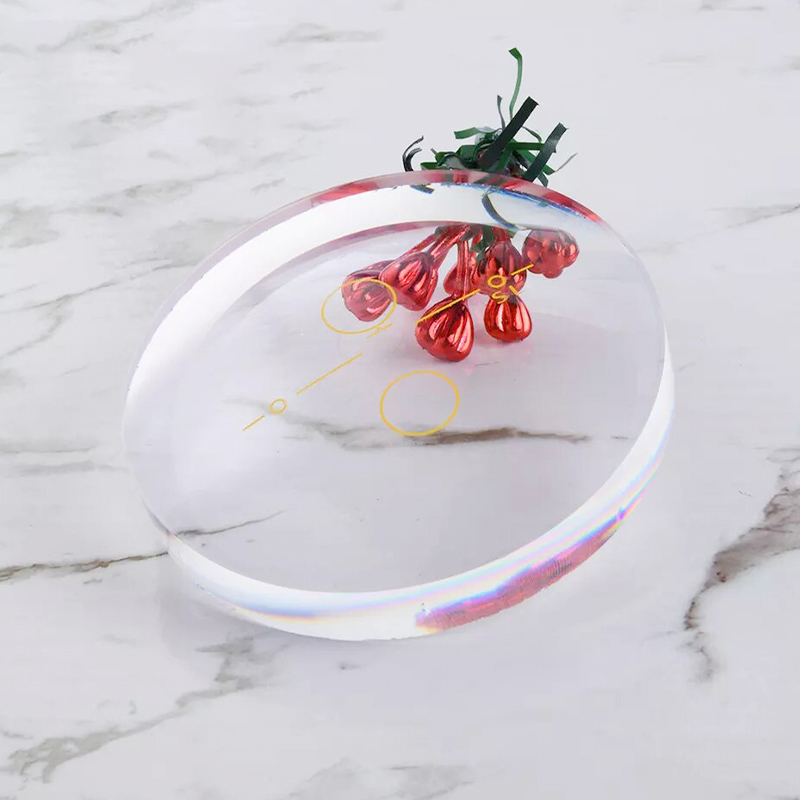

1.56 Semi-Finished Progressive Lens
Progressive lens are line-free multifocals that have a seamless progre... -


1.56 Semi-Finished Flat Top Bifocal Lens
Flat-top lens were used to correct two different eye prescriptions. Bi... -


1.56 Semi-Finished Round Top Bifocal Lens
Semi-finished lens need to have a high qualified rate in power accurac... -


1.56 Semi-Finished Single Vision Lens
The importance of a good semi-finished lens: 1. Semi-finished lens nee... -
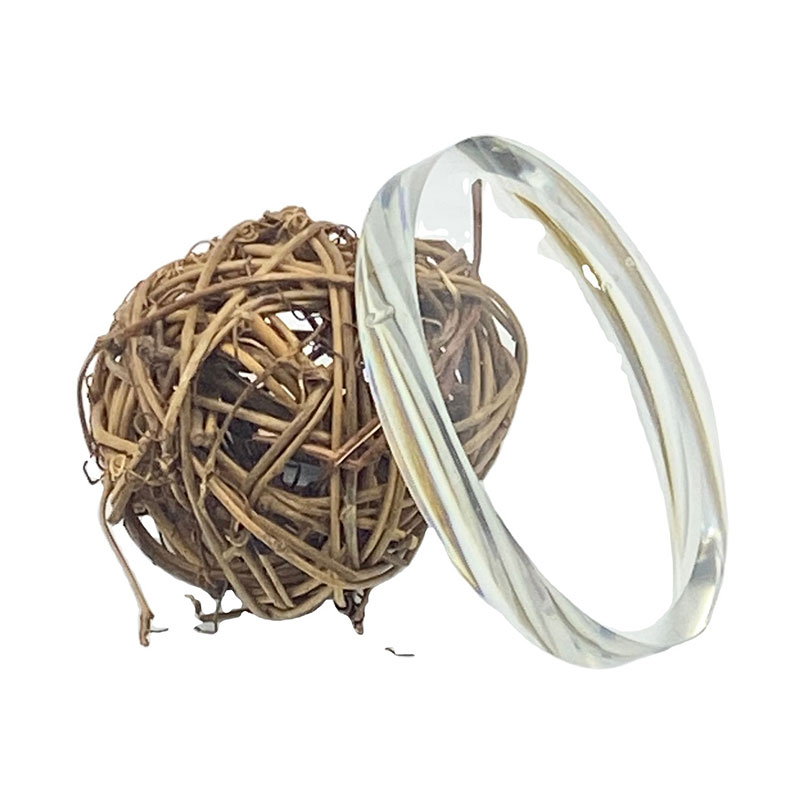

1.60 Semi-Finished Single Vision Lens
The starting point for freeform production is a semi-finished lens, al... -
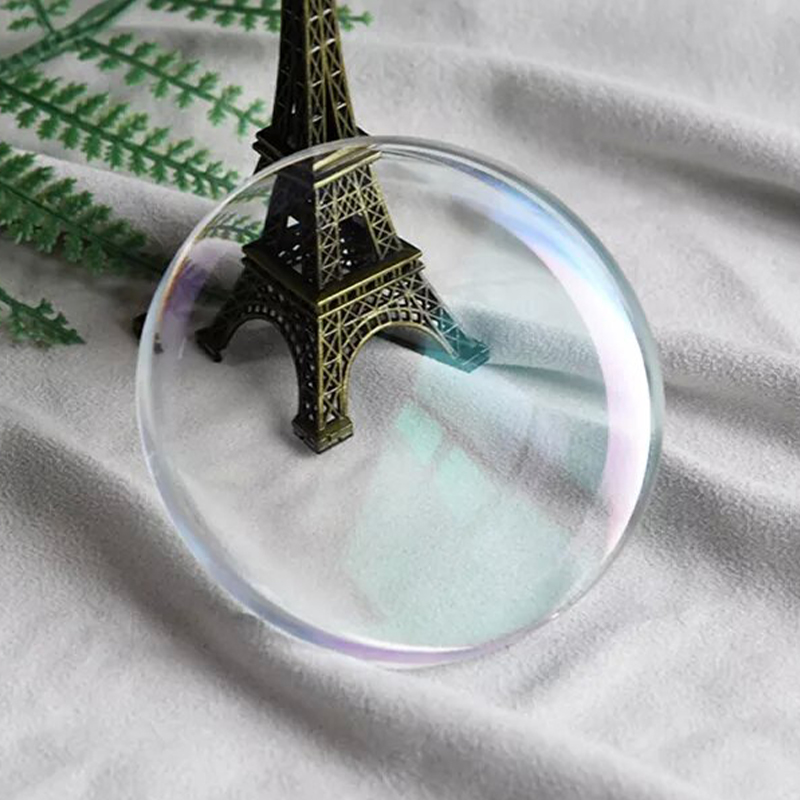

1.60 Semi-Finished Photochromic Single Vision Lens
Photochromic lens, often called transitions or reactolights, darken to... -
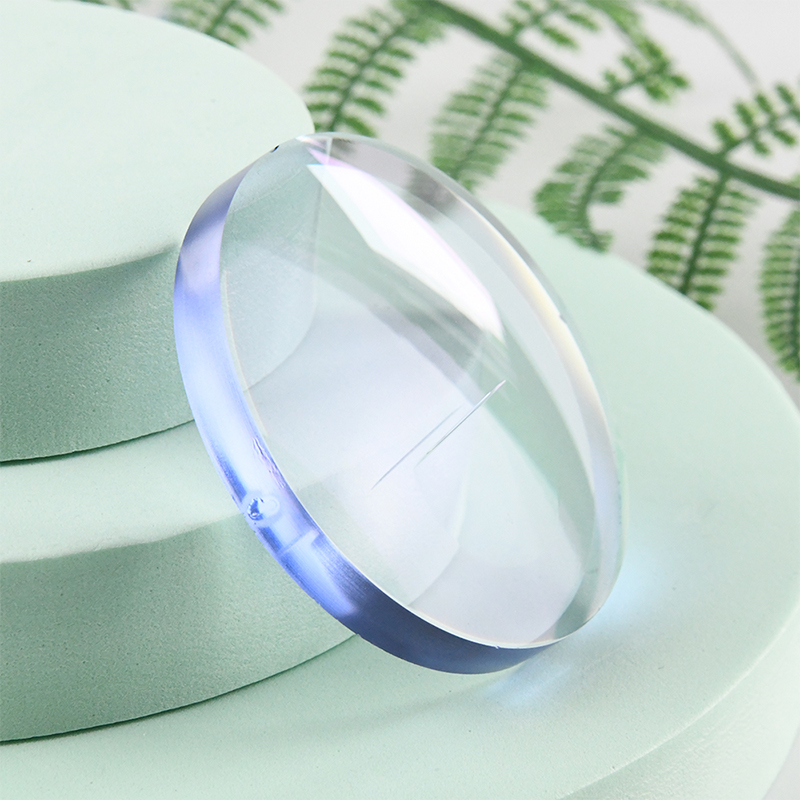

1.60 Semi-Finished Blue Block Single Vision Lens
The blue block lens cuts down the harmful UV rays completely along wit...
As an important intermediate link in optical manufacturing, Semi-Finished Lens has perfect optical shape and preliminary performance, and has not yet undergone precision polishing and multi-layer coating processes, providing lens manufacturers with an efficient and flexible processing foundation. The product uses high-quality materials and combines advanced manufacturing processes to ensure precise control of optical parameters and high stability of mechanical dimensions, and can meet the diverse requirements of lens specifications, materials and performance in different application scenarios.
Semi-Finished Lens is widely used in many fields such as eyewear manufacturing, camera optical systems, precision instruments and industrial testing equipment, adapting to various complex optical needs and helping companies respond quickly to market changes. This product not only improves the flexibility and accuracy of the overall manufacturing process, but also ensures the stability and durability of the product in different environments by continuously optimizing material formulas and process technologies.
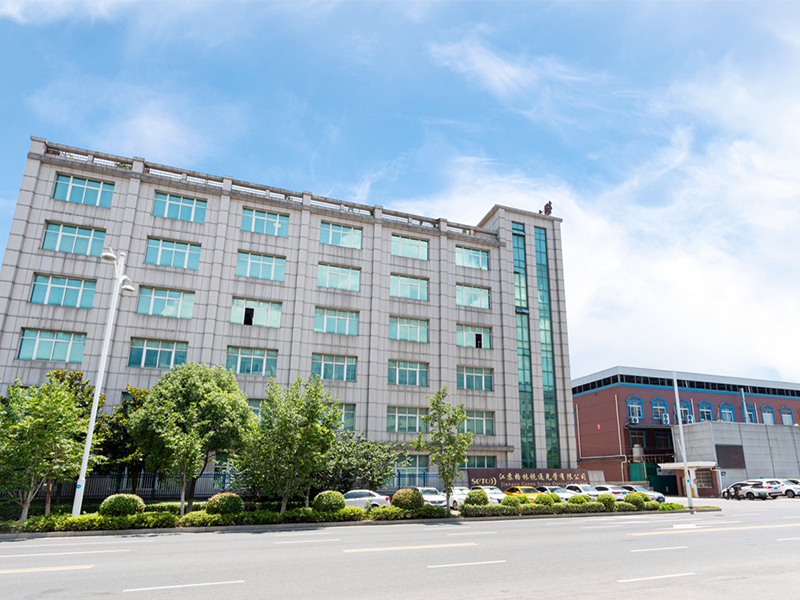
Our lens products involves almost all types of lenses. Product range covers 1.499, 1.56, 1.60, 1.67, 1.70 and 1.74 index, including single vision,bifocal, progressive, blue cut, Photochromic, blue cut photochromic, Infrared cut etc. with HC, HMC and SHMC treatment. Besides finished lens, We also manufactures semi-finished blanks. The products are registered with CE&FDA and our production certified by ISO9001& ISO14001 standards.
We positively introduce excellent management technology, comprehensively import Corporate Identity System and enhance the external image of company and brand.
-
-
Introduction to Core Concepts: The Purpose of Polarized and Photochromic Lenses Advanced lens technologies are designed to enhance visual comfort and protect the eyes from harmful light. Among the many high-quality options, Polarized Lenses and Photochromic Lenses are two of the most popular choices, yet they address d...
READ MORE -
Introducing Normal Lenses and Defocus Lenses In the fields of optics and image capture, the lens is a core component responsible for guiding and shaping light to form an image on a sensor or retina. While all lenses are based on the same laws of physics, their design goals and final effects can vary widely. This articl...
READ MORE
What Are the Common Optical Materials for Semi-Finished Lenses?
In modern optical lens production, semi-finished lenses are the key basis for finished lens processing, and their optical performance directly affects the final lens’s visual effect and wearing comfort. Jiangsu Green Stone Optical Co., Ltd. is a professional optical lens manufacturer integrating R&D, production, and sales, committed to developing and applying high-quality optical materials. The company has a production base of 65,000 square meters and more than 350 employees, introducing complete advanced equipment, new production technology, and mold techniques, enabling us to provide diversified and high-performance semi-finished lenses for domestic and international customers.
The core of semi-finished lenses lies in the choice of raw materials. Different optical materials not only determine the refractive index, light transmittance, and dispersion of the lens but also directly affect the processing difficulty, thickness control, and weight of the lens. The commonly used optical materials mainly include the following categories:
1. Resin Materials (CR-39/Organic Resin)
Resin materials are widely used in semi-finished lens production due to their lightweight, excellent optical performance, and high impact resistance. CR-39 is the representative of traditional resin lenses, usually with a refractive index of 1.499, suitable for most single vision and bifocal lens processing. Jiangsu Green Stone Optical Co., Ltd. uses advanced injection molding and polishing technology in resin semi-finished lens production to ensure spherical precision and surface smoothness during subsequent processing, while enhancing durability and visual comfort through HC (hard coating), HMC (multi-layer anti-reflective coating), and SHMC (super hydrophobic coating) treatments.
2. High Refractive Index Resin Materials
With the increasing demand for thinner and more aesthetically pleasing lenses, high refractive index resin materials have become the mainstream choice for semi-finished lenses. The company’s products cover refractive indices of 1.56, 1.60, 1.67, 1.70, and 1.74, meeting the requirements of different prescriptions and frame designs. High refractive index materials reduce lens thickness while maintaining high transmittance and low dispersion, effectively reducing the burden of wearing. Especially for high myopia patients, high refractive index semi-finished lenses can significantly reduce edge thickness while maintaining optical accuracy.
3. Photochromic Materials
Photochromic semi-finished lenses automatically change color under light, providing users with comfortable visual experiences indoors and outdoors. Jiangsu Green Stone Optical Co., Ltd.’s semi-finished lenses not only offer blue light protection but can also combine blue cut or infrared cut functions, providing customized solutions for different customer needs. The company uses advanced dyeing technology to ensure uniform color, sensitive photochromic response, and excellent durability after processing into finished lenses.
4. Functional Composite Materials
With the growing demand for smart lenses, blue light protection, and infrared cut functions, semi-finished lens materials are gradually developing toward functional composites. Jiangsu Green Stone Optical Co., Ltd. integrates multiple functional materials in semi-finished lens R&D, enabling a single semi-finished lens to support multiple functions, such as blue cut + progressive + photochromic, providing high added value for downstream processing plants.
5. Optical Glass Materials
Although resin materials are widely used due to their lightweight and ease of processing, high-precision optical glass is still irreplaceable in certain high-end applications. Semi-finished optical glass lenses have extremely low dispersion and excellent imaging performance, making them ideal for high-end optical instruments or special-purpose lens processing. Jiangsu Green Stone Optical Co., Ltd. strictly controls refractive index, transmittance, and surface precision in glass semi-finished lens production to ensure superior imaging performance after finishing.
What Are the Differences Between Spherical, Toric, and Progressive Semi-Finished Lens Designs?
In optical lens production, the design type of semi-finished lenses (Semi-Finished Lens) directly determines the function and wearing experience of the final lens. Jiangsu Green Stone Optical Co., Ltd. leverages advanced equipment and precision molds to produce high-quality semi-finished lenses covering various refractive indices and functions, including single vision, bifocal, progressive, blue cut, photochromic, blue cut photochromic, and infrared cut lenses, with HC, HMC, and SHMC coatings.
In semi-finished lens design, spherical, toric, and progressive surfaces are three fundamental optical design types, each corresponding to different optical characteristics and application scenarios.
1. Spherical Semi-Finished Lens Design (Spherical Lens Blanks)
Spherical lenses are the most traditional and commonly used lens type, with uniform curvature along horizontal and vertical directions. Spherical semi-finished lenses are usually used for single vision lens production.
Features:
- Uniform surface curvature with simple optical structure and lower processing cost.
- Provides single prescription correction, suitable for myopia, hyperopia, and simple astigmatism.
- For low to moderate prescriptions, spherical semi-finished lenses provide stable and clear vision.
Applications:
Spherical semi-finished lenses are widely used in single vision glasses, children's glasses, and daily wear lenses. The company provides spherical semi-finished lenses with refractive indices from 1.499 to 1.74, optimizing thickness and weight according to different prescriptions and frame designs to achieve a lightweight and aesthetic visual experience.
2. Toric Semi-Finished Lens Design (Toric Lens Blanks)
Toric lenses are used to correct astigmatism, with curvature differing along a specific axis, providing optical adjustment not available in spherical lenses.
Features:
- One principal surface is spherical, and the other is toric, accurately correcting astigmatism degree and axis.
- More difficult to process than spherical lenses, requiring precise alignment of axis and sphere-cylinder combination.
Applications:
Toric semi-finished lenses are widely used for single vision or bifocal lenses for patients with medium to high astigmatism. The company uses precision molds and advanced CNC technology to ensure accurate astigmatism correction in finished lenses, reducing adjustment errors and improving visual clarity and comfort.
3. Progressive Semi-Finished Lens Design (Progressive Lens Blanks)
Progressive lenses are the most complex type, with surfaces gradually transitioning across distance, intermediate, and near vision zones without visible lines, providing multifocal correction.
Features:
- Progressive semi-finished lenses are pre-set with the distance, intermediate, and near zones for convenient customization.
- High design precision and complex surfaces, requiring tight control of spherical, toric, and progressive curvature to ensure continuous and comfortable vision.
- Can be combined with multiple functions, such as blue cut, photochromic, and anti-reflective coatings, enhancing added value.
Applications:
Progressive semi-finished lenses are suitable for middle-aged and elderly users or those with both myopia and presbyopia, meeting the visual needs of reading, office work, and daily life. The company provides progressive semi-finished lenses across multiple refractive indices with HC, HMC, and SHMC treatments, ensuring optical precision and scratch/reflective resistance in progressive zones, offering stable, high-value semi-finished lenses for downstream processing.
What Should Be Considered When Adapting Semi-Finished Lenses to Frames?
In optical lens production, the design and processing of semi-finished lenses not only determine the optical performance of the final lens but also directly affect its fit in different frames. The company uses advanced equipment and precision molds to produce high-quality semi-finished lenses covering various refractive indices and functions, including single vision, bifocal, progressive, blue cut, photochromic, blue cut photochromic, and infrared cut lenses, with HC, HMC, and SHMC coatings.
Frame adaptation involves many factors, including lens type, refractive index, frame size and shape, edge processing, and functional overlays. Correct adaptation ensures both wearing comfort and optimal optical performance.
1. Frame Size and Lens Curvature Matching
The diameter, thickness, and spherical curvature of semi-finished lenses must match the frame size. For small frames, high prescription lenses with larger thickness may require high refractive index semi-finished lenses to reduce edge thickness. The company provides semi-finished lenses from 1.499 to 1.74, capable of adapting to various frame sizes and shapes, optimizing center thickness and edge curvature to ensure beauty and comfort after cutting and edging.
2. Lens Type Impact on Frame Fit
- Single Vision Lenses: Suitable for most frame types, highly adaptable.
- Bifocal Lenses: Different prescriptions in upper and lower zones require frame height and shape to accommodate zone positioning, avoiding line misalignment or visual discomfort.
- Progressive Lenses: Require sufficient frame height and proper tilt angle; too small or irregular frames may shorten progressive zones or cause visual blur. The company’s progressive semi-finished lenses are pre-set with distance, intermediate, and near zones and can be customized according to frame parameters to ensure smooth and continuous vision in all frames.
3. Lens Thickness and Edge Processing
Lens thickness depends on refractive index and prescription, affecting edge processing difficulty and frame adaptation. High prescription lenses with low refractive index may appear thick or protruding at the edges. The company provides high refractive index semi-finished lenses to reduce thickness while maintaining aesthetics and comfort. For metal or semi-rim frames, edge polishing and chamfering are critical. The company uses precise CNC processing and mold optimization to ensure perfect lens-frame fit and prevent looseness or stress concentration.
4. Functional Lens Compatibility with Frames
Modern semi-finished lenses often have multiple functions, such as blue cut, photochromic, infrared cut, anti-reflective, and superhydrophobic coatings. Some functional semi-finished lenses require specific frame materials or processing techniques. The company fully considers coating thickness, hardness, and heat resistance during production to ensure functionality remains intact during cutting, mounting, and heat bending.
5. Lens Safety and Wearing Comfort
Semi-finished lenses must ensure safety for children’s glasses, sports eyewear, or protective frames. High-quality resin and high refractive index materials, combined with HC, HMC, and SHMC treatments, guarantee optical precision, scratch resistance, impact resistance, and comfort in various scenarios.
What Optical and Physical Defects May Occur During Transportation and Storage of Semi-Finished Lenses?
Semi-finished lenses (Semi-Finished Lens) are the core raw material for optical lens processing, and their quality directly affects the optical performance and wearing comfort of finished lenses. In the global supply chain, transportation and storage are key steps from production to downstream processing. The company uses advanced equipment, production technology, and precision molds to produce high-quality semi-finished lenses covering various refractive indices and functions, including single vision, bifocal, progressive, blue cut, photochromic, blue cut photochromic, and infrared cut lenses, with HC, HMC, and SHMC coatings. Company products are CE and FDA certified, and production is ISO9001 and ISO14001 certified.
During transportation and storage, semi-finished lenses are susceptible to optical and physical factors, resulting in various defects. The professional analysis of main defect types and causes is as follows:
1. Optical Defects
Optical defects mainly involve transmittance, refractive accuracy, and surface imaging quality.
- Scratches and Abrasions: Improper stacking or insufficient packaging protection during transportation can cause scratches or abrasions on lens surfaces, reducing transmittance and clarity. The company applies scratch-resistant HC coatings and professional packaging to minimize such risks.
- Uneven Transmittance or Bubbles: Storage in high temperature and humidity may cause microbubbles or uneven transmittance in resin lenses, affecting uniformity. The company strictly controls material moisture and applies drying treatment before shipment to maintain optical stability.
- Refractive Index Deviation: High refractive index semi-finished lenses may experience slight refractive index deviations under extreme temperature changes, especially high prescription lenses. The company uses temperature-controlled storage and humidity monitoring to ensure stable refractive index and accurate visual effect after finishing.
2. Physical Defects
Physical defects involve lens shape, edge integrity, and mechanical strength.
- Edge Damage: Lens edges are prone to chipping or breakage during handling or stacking. The company uses separated trays and cushioning materials to reduce stress and ensure lens integrity.
- Deformation and Warping: High temperature or humidity, especially for high refractive index resin lenses, may cause slight warping, leading to optical center shift or uneven edges during processing. The company optimizes thickness and stress relief during pre-processing to reduce deformation risks.
- Coating Damage: HC, HMC, and SHMC coatings may peel or lose adhesion under pressure, friction, or high humidity during transportation. The company optimizes coating curing and applies protective packaging to maintain coating integrity and functionality.
3. Packaging and Storage Management Importance
Proper management of transportation and storage is crucial for lens quality. The company designs graded packaging based on lens type, refractive index, and functionality, including anti-static trays, cushioning materials, and moisture-proof sealing. Warehouse temperature and humidity are strictly controlled to prevent optical and physical defects, ensuring semi-finished lenses reach customers in optimal condition.



 English
English Español
Español
